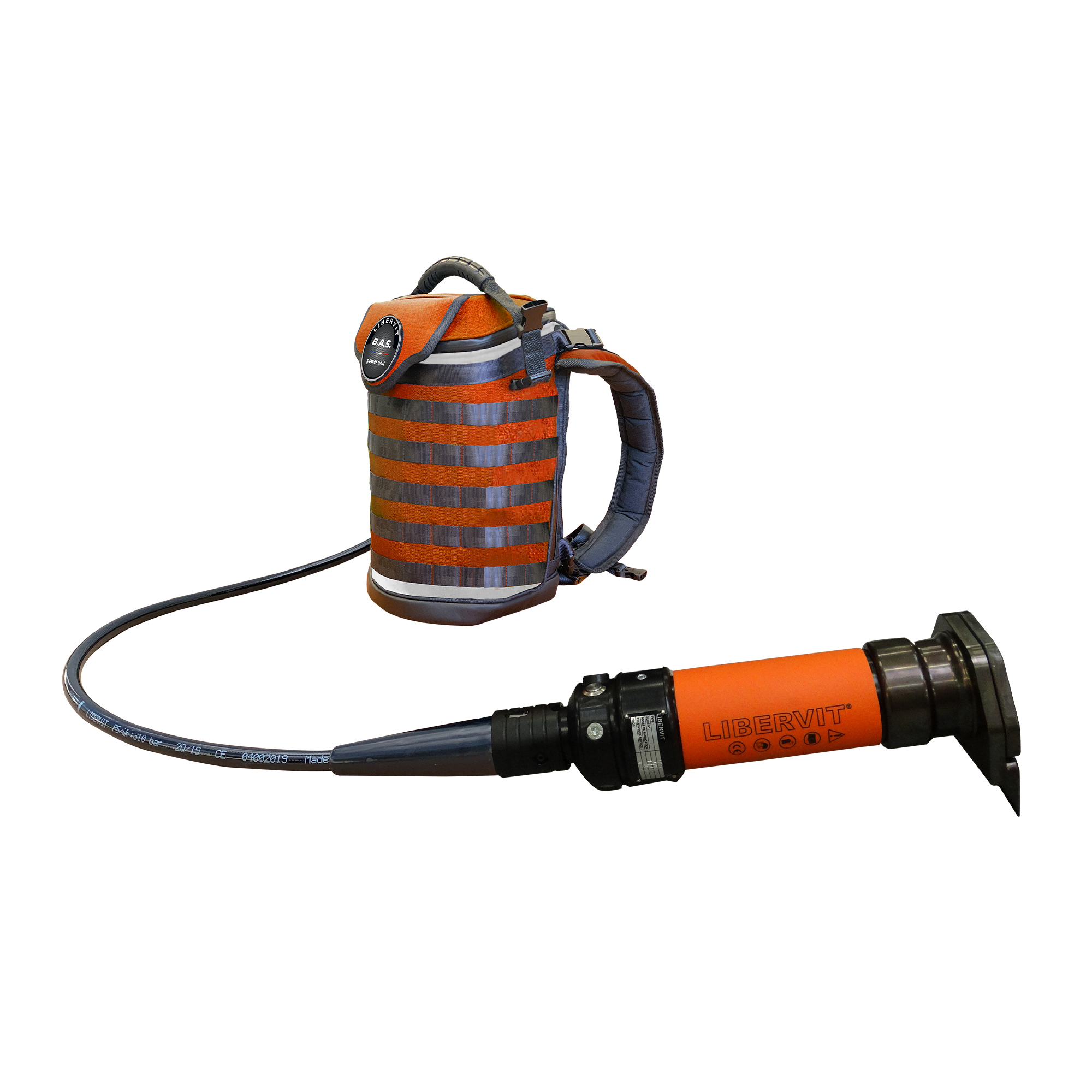
- #Silent sniper ebay bidder review full
- #Silent sniper ebay bidder review software
- #Silent sniper ebay bidder review series
We tested it three ways: at 4K with every graphics setting set to ‘Very High’ with FXAA enabled, at 2560×1440 with the same settings, and at 2450×1440 with the same settings but with 4x MSAA and 4x reflection MSAA enabled. Enabling MSAA effects at 4K sends the total memory use over the card’s 4GB capacity, but doing so doesn’t really add any benefits to the visual, because the graphics already look so damn smooth at 4K.

This game’s known for using a punishing amount of memory, but the Fury’s 4GB of HBM holds up just fine even at 4K resolution with all the graphics options cranked. The stock Fury price is $550 the Asus Strix Fury is $580.įirst up: The long-awaited Grand Theft Auto V. To see how the Fury stacks up, we’ve compared it to the $650 Fury X, the $650 GTX 980 Ti, the vanilla $500 GTX 980, Asus’ overclocked, custom $469 Strix R9 390X, and AMD’s older Radeon R9 290X reference card (atrocious stock cooler and all). A mix of both AMD- and Nvidia-leaning titles were used. We tested each title using the in-game benchmark provided, and stuck to the default graphics settings unless mentioned otherwise.
#Silent sniper ebay bidder review full
Corsair’s Vengeance LPX DDR4 memory, Obsidian 750D full tower case, and 1200-watt AX1200i power supply.
#Silent sniper ebay bidder review series
#Silent sniper ebay bidder review software
The Strix Fury packs 12-phase Super Alloy Power II materials, DIGI + VRM, and Asus’ stellar GPU Tweak II overclocking software to help you squeeze all the performance you can out of the card. Remember: Our attempts to overclock the liquid-cooled Fury X resulted in a mere 60MHz boost, good for an extra 2 to 3 frames per second in gameplay. However, the modest factory OC on the Asus Strix Fury (and Sapphire’s Tri-X R9 Fury, as well, at 1050MHz) suggest that this card may not be an overclocking fiend. We received our review sample a scant 15 hours before the embargo time for reviews lifted, so we were unable to test out the Fury’s overclocking capabilities. The four small squares along the edges are the HBM, integrated on the die. The Asus Strix Fury is clocked at 1000MHz, but hits 1020MHz when using “OC Mode” in the company’s GPU Tweak II software.ĪMD’s Fiji GPU, found in the heart of the Strix Fury and the Fury X. The Fury sports a cut-down version of the beefy new Fiji GPU found in the Fury X, chopping off 32 texture units, 512 stream processors, and 50MHz off the max clock speed, to 1000MHz boost. More significant than the aesthetics and cooling are the Fury’s under-the-hood tweaks, which AMD didn’t mention previously. Those fans actually stay off (and therefore silent) until the card hits 65 degrees Celsius, relying on the beefy heatsinks and pipes underneath to cool things down. The card largely replicates the design of Asus’ Radeon R9 390X Strix, featuring Asus’ vaunted DirectCU II tri-fanned cooling system for cooler, quieter running. AMD partners are allowed to slap customized hardware and overclocks on the Fury, which Asus did to full effect with the Strix R9 Fury DirectCU III OC we reviewed. First, and most noticeable: The Radeon Fury is indeed air-cooled, while the Fury X is available only in its liquid-cooled reference design.



The differences from the Fury X are fairly major, however. All of the software features found in the Fury X also work with the Fury, from Frame Rate Target Control to Virtual Super Resolution. The Fury indeed mimes the vast majority of the Fury X’s technical features, from its 4GB of cutting-edge high-bandwidth memory (HBM) to its 275W power draw via a pair of 8-pin connectors. (Click any image in this article to enlarge it.) AMD originally implied that the Radeon R9 Fury was merely an air-cooled version of the Fury X, but that’s not quite true.ĪMD Radeon R9 Fury’s stock specs.


 0 kommentar(er)
0 kommentar(er)
